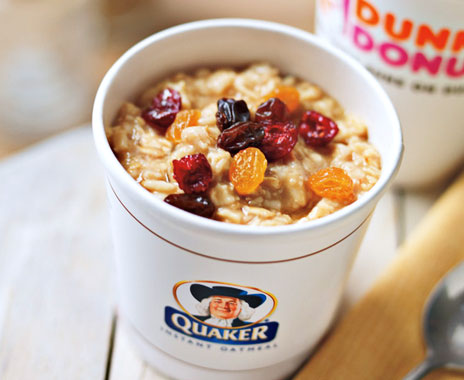As vessels intended for eating go, it’s tough to top the versatility and comfort quotient of the tried and true bowl.
While a plate behaves more like a canvas begging for some sort of formal presentation, a bowl is all about function, familiarity, and feel. A hot helping of chicken soup when you’re in bed with a cold, a bowl of oatmeal on a chilly morning, a heaping mound of chili after a day on the ski slopes—these are the kinds of occasions in which the vessel, in many ways, makes the meal. After all, if someone were to serve you a plate of oatmeal, you might take stock of the offending glob and wonder if the kitchen staff had taken leave of its senses.
Bowls are also ubiquitous around the globe, and have been since humankind first looked for a place to stash those nuts and berries our hunter-gatherer forbears were busy assembling to head off the threat of starvation.
The other advantage a bowl confers is the ability to see each ingredient and its interrelationship to the others. So for Millennials concerned about health and wellness, for instance, there’s a satisfaction in being able to see the ancestral grains mixed with nuts, dried fruit, warm milk, and fresh berries in a breakfast bowl. It’s an entire smorgasbord condensed into a neat, easy-to-eat form. Moreover, those seeking to cut calories by removing edible carriers from the meal equation are likely to find bowls a satisfying alternative to breads, pie crusts, and other starchy presentations.
Now, it’s not as though bowls haven’t already made serious inroads into the consumer marketplace. From concepts like ShopHouse—which offers rice, noodle, or salad bowls with various ethnically distinctive proteins, vegetables, sauces, and garnishes—and Tiny Empire in Brooklyn—which serves açai and chia seed oatmeal breakfast bowls—to the vast and growing range of selections available in grocery store freezer cases and produce aisles, consumers have a whole world of options before them. The form is increasingly comfortable and familiar, and the variety of applications is increasing sharply over time.
So what can quick-serve chains do to innovate around the bowl as we know it today? I would posit that there are three distinct elements worth focusing on.
Element 1: The right base
Bowls are a highly democratic meal form, with each ingredient occupying the same basic space and commingling freely with its betters and inferiors. But the best bowls are to some extent founded or even governed, form-wise, on a great base. And rice and salad greens are really just the beginning.
For savory applications, think about creating a platform based on ancient grains, such as amaranth, millet, chia, flax, and others. The United Nations General Assembly has declared 2016 the International Year of Pulses, which means the time is right to explore bowls with a base of chickpeas, lentils, and beans. Legumes, pastas and noodles, dumplings, and potatoes—all represent likable bowl-base options.
The same approach can work well with sweet applications, including breakfast and desserts. Determine which element or elements will anchor the bowl and work it out from there. Oatmeal? Yogurt? Pound cake? Scones? Cookies? Biscuits? Once you have a sense of which elements you want to build around, you’re ready for…
Element 2: The star attraction
Every bowl needs a kind of marquee presence, a boasting point, a conceptual center. For a savory bowl, you could feature roasted vegetables, filled pastas such as gnocchi or ravioli, flavor-infused meat proteins, dry-rubbed beef, marinated chicken, or any number of other attractions capable of playing a starring role. Flavored cheeses could fit the bill, as could certain chilies (or chilis). And for breakfast, there are the tried-and-true eggs, grains, granolas, and fruits.
But a base and a star alone aren’t likely going to be enough to distinguish your bowl from the masses. For that to happen, you need…
Element 3: The twist
Every great bowl, in my experience, contains at least one element of surprise—something that adds the flavor adventure, textural intrigue, or mouthfeel and makes for a memorable meal occasion. Think authentic ethnic sauces, curries, fish sauces, salsas and hot sauces, herbs, condiments, pickled vegetables, flavored nuts, cheeses, and nut cheeses—all would throw a bit of novelty or creativity into the basic bowl equation.
At breakfast, the twist could take the form of agave or maple syrup, honey, molasses, a fruit compote, coconut, diced nuts and grains, or some other suitable mix-in.
The takeaway here is that by thinking of bowls as a kind of three-stage architectural model that can be mixed, matched, or otherwise manipulated to serve your guests’ preferences, you can come up with a virtually limitless array of menu options that are relatively simple to assemble and store. So give some thought to bases, stars, and twists, and let me know what you come up with. I’d love to feature one of your creations in a future column. I’m at marc@qsrmagazine.com.












